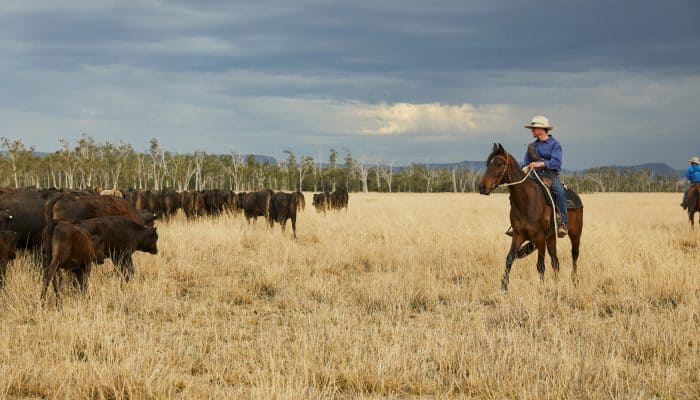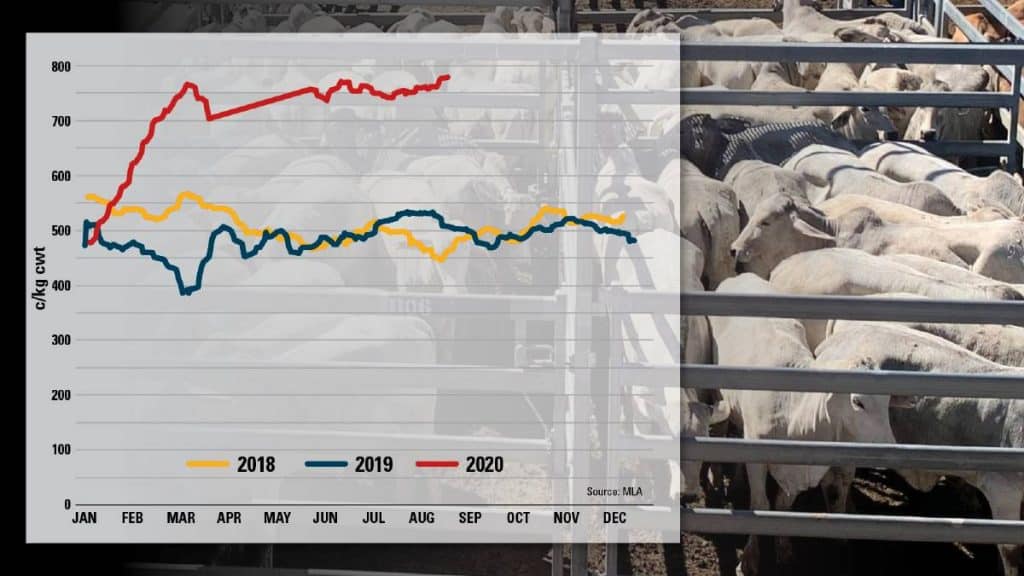Want to be supplied by the best? Make an enquiry

Due to the global pandemic, the Australian Beef industry suffers with herd restocking greatly impacted.
The global beef industry has experienced a series of tumultuous events over the last two years, from the recent outbreak of COVID-19 to the spread of African Swine Fever across Asia. Also, Australia’s market has been significantly worsened by severe drought, bushfires and floods.
Global beef markets exist in uncertainty with Australia’s economy shrinking for the first time in nine years and the first recession in 29 years emerges. Since the start of COVID-19, international demand for beef has been volatile, mostly due to challenges faced by the food service sector while supply constrictions created by logistical and production challenges have compounded difficulties. Until a vaccine is available, COVID-19 will continue to disrupt the consumption of Australian red meat domestically and abroad.
The Australian herd size for beef cattle is currently at its lowest in 30 years at 24.5 million with slaughter rates reduced by 20%. Beef supply will continue as a major challenge as herd rebuilding commences, limiting the availability of slaughtered animals throughout the rest of the year into 2021. Furthermore, the recent closure of some of Australia’s largest abattoirs caused by not qualifying for JobKeeper subsidies have also exacerbated the reduction in slaughtering rates.
The global food service industry has been one of the most impacted sectors as a result of COVID-19, with wide-scale shutdowns and operation restrictions across all countries. Consequently, the typical balance of demand for Australian beef has shifted significantly.
As farmers have been de-stocking cattle for consecutive years due to widespread drought, only now has there been a sudden shift to rebuild herds. Recent rainfalls have also provided improved growing conditions in selected cattle regions. This re-stocker demand will remain vigorous for the remainder of this year and into 2021. That said, a combination of demand and supply dynamics have placed upward pressure on beef prices.
The Meat & Livestock Australia indicates that Australia’s Eastern Young Cattle Indicator is at record highs in comparison to previous years.

As your key supplier partners, we aim do our very best to absorb price increases for as long as possible. Unfortunately, due to the unprecedented events and knock on effects from the drought, beef is the sector that has been impacted the greatest.
